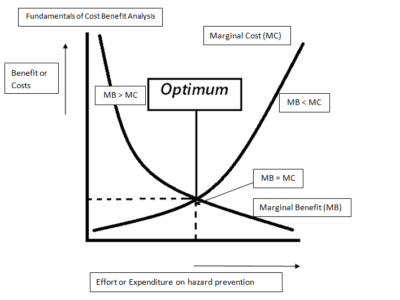COP 15 Kicks Off!
By Maya Kuttan, UCLA Law delegation — first in a series of posts from COP15:

Today we were inundated with weighty rhetoric and a shiny vision of what the future could hold. The COP 15 opening was inspiring and seemed to focus on influencing developed nations, like the US. The conference started with a short film about a girl who has nightmares about climate change until she is able to find her voice.
The Prime Minister of Denmark, Lars Rasmussen, focused his welcoming remarks on the conference’s unprecedented mobilization and on how this is our best and — possibly last — chance to really tackle this issue. The Copenhagen Mayor followed up with a discussion of potential local government action, holding up Copenhagen’s emissions reductions from things like heating and transport as an example. Raj Pachauri, Chair of the IPCC, brought up ClimateGate (discussed by Ann here) to illustrate how desperate the deniers are and talked about how the science is consistent and transparent. We had the pleasure of meeting him at a reception this evening and decided that on top of his brilliance, he is the most charming scientist we have ever met. The President of COP 15, Connie Hedegaard, gave an enthusiastic speech in which she urged, “let’s get it done, this is the time to deliver, this is the place to commit,” and with that the conference began in earnest.
Photos of our great first day are here. But before we get into conference specifics this week, here’s a quick review of a few of the main issues that will be negotiated over the next two weeks.
- Mitigation
Leading up to COP 15, many countries have proposed emission reduction targets as a starting negotiation point. Scientists agree that to keep the world from warming more than 2 degrees Celsius, there must be a global carbon dioxide emissions reduction of 25%-40% by 2020. Unfortunately, the proposed targets collectively reduce our global emissions by only 11%-19%.
Under the umbrella of mitigation, the issues up for debate also involve: land use, deforestation, sectoral taxes (aviation & shipping), clean development mechanisms.
- Finance & Technology Transfer
In order for the necessary global reductions to happen, developed nations must provide sustained support for the developing nations’ adaptation and mitigation efforts. This can happen in a number of ways, such as short- and long-term financing for a variety of carbon reducing projects including anti-deforestation efforts, technology transfer, etc. Some economic needs assessments suggest developed countries must provide $195 billion/yr by 2020, in order to meet the necessary reductions. Many countries are arguing that payments in to this fund should be proportional to historic emissions or even GDP, however the US starting offer is a mere $10 billion/yr by 2012. How much and when payments will be made into this fund will be a contentious negotiating point.
- Legally Binding & Enforceable
There are two negotiation tracks happening simultaneously in Copenhagen: 1) Kyoto Protocol (“KP”) and 2) Long-term Cooperative Action (or the “LCA” track, consisting of developing countries and the US). How the negotiations develop within and between these tracks will determine the effectiveness of any action or ground work for action coming out of Copenhagen.
We hope you enjoy the rest of our posts this week. Feel free to ask us questions and provide your thoughts and feedback.






Reader Comments